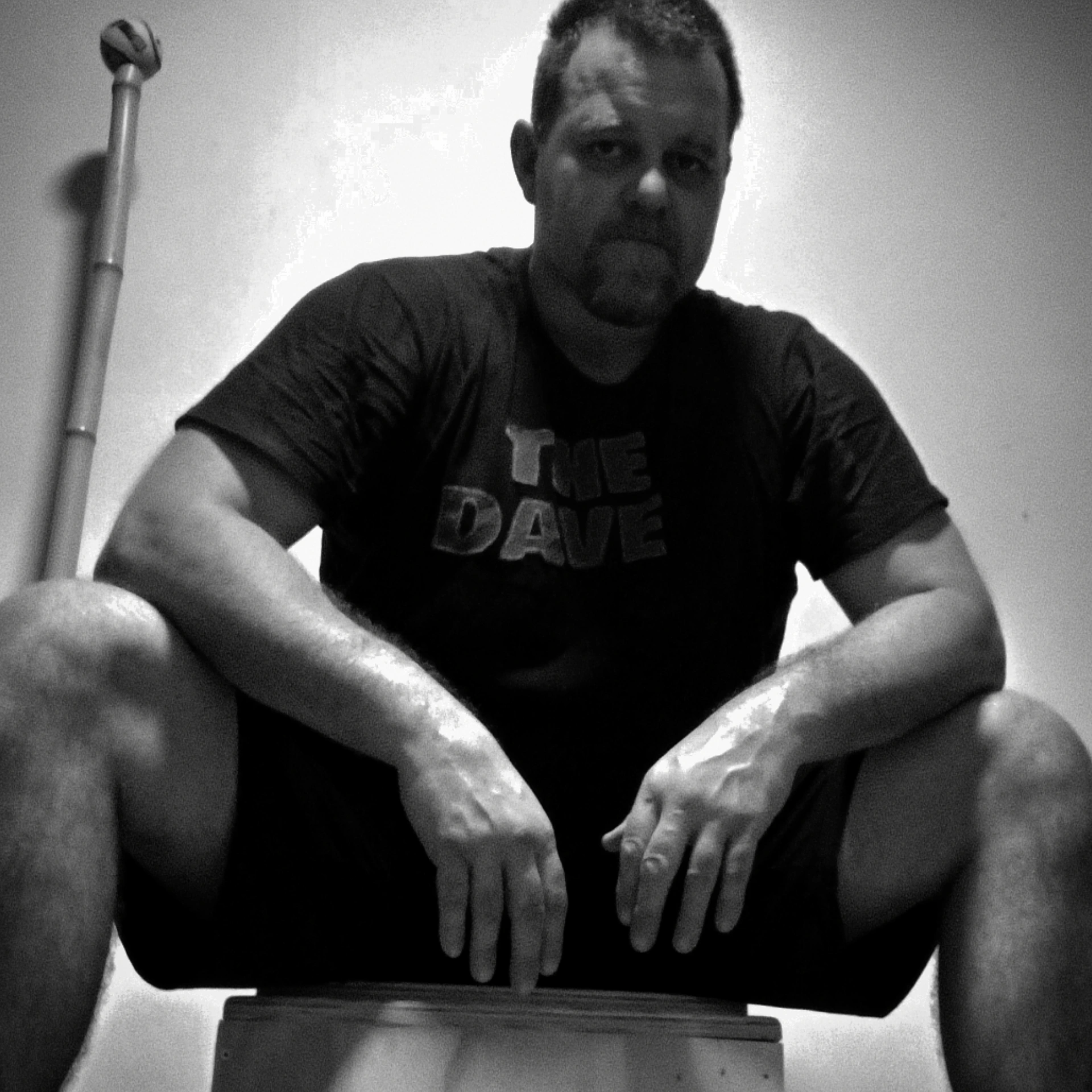Meet Your..... Scapula
- Dave Hedges

- Apr 12, 2022
- 3 min read
The Scapula is a fascinating bone that sits in the upper back and is a key component of the shoulder
The shoulder is three bones, the Scapula, Clavicle and Humerus, which is why it's often referred to as the "shoulder complex"
The Scapula is a flat(ish), kinda triangular bone that attaches to both the Humerus and Clavicle.

It slides over the ribcage, but has no ligaments that connected it to the axial skeleton, a fact that will forever amaze me. It connects to the main skeleton via the sternoclavicular joint on the front of the body.
But what the scap does have is seventeen, yes, 17 muscles that attach to it.
Muscles of the Scapula
Subscapularis which sits underneath the scap ( "sub" - "Scap...) and attaches to the Lesser Tubercle of the Humerus
Supraspinatus which runs along the top section of the scapula above the spine and attaches to the Greater Tubercle in upper part of the humerus
Infraspinatus Covers the lower portion of the scapula below the spine and runs out to the Humerus attaching to the middle facet of the greater tubercle
Deltoid has three parts, 2 of which attach to the scapula, the rear delt attaches to the spine, the middle delt the acromion, the third section, the anterior delt attaches to the clavicle.
Latissimus Dorsi attachment varies across the population, but most folk have a good amount of Lat attachment on the bottom "corner" of the scap
Trapezius Runs along the upper border of the crest of the spine and into medial border of the acromion.
Serratus anterior comes from the medial border of the scap, that is the edge closest to the spine, and spreads out over several ribs (ribs 1-9), I personally find this muscle fascinating.
The long head of Biceps Brachii attaches to the coracoid process, which is the smaller, lower of the two projections coming of the top corner of the scap.
Coracobrachialis sits right beside the long head of the bicep
Pectoralis minor also joins onto the coracoid process
The long head of triceps attaches at the infraglenoid tubercle just below the "socket" of the shoulders "ball and socket" set up
Teres minor comes from the lateral border
Teres major runs from the posterior aspect of the inferior angle
Levator scapulae is another of my favourite muscles in that it is so often found to be tight in so many clients, it comes from the upper part of the medial border of the scap attaching to the upper part of the spine from C1 to C4
Rhomboideus minor
Rhomboideus major These are the Rhomboids that run from the medial border of the scap in an upwards diagonal to the thoracic vertebra, C7 to T5
Omohyoid muscle is a little known muscle coming from the top of the scap to the hyoid bone that sits atop the trachea (wind pipe).
So you can see the humble scapula is a busy bee.
In terms of function, it's main role is in giving the humerus support as it moves about. Consider just how much we expect from the arm, how much force we put through the shoulder, be it in the gym or in sport. Baseball seems to have a huge amount of research on the forces involved at the shoulder in throwing, and talk of various forces in the region of 300N and 400N of shear, grater than 1000N of compression. For the non science folk, 1000 Newtons is a touch over 100KG
A huge part of the reason our relatively unstable, yet highly mobile shoulder can handle these stresses is the scapula and it's many muscle attachments.
So what are our practical takeaways?
The scapula moves:
Up and Down, think shrugging. We call this elevation & depression Protract, ie rounding the shoulders forward and Retract, pulling the shoulders back Upward and Downward rotation, think lifting your arms up overhead and back down. And they can tilt to some degree anterior and posteriorly.
non of these movements happen on their own or in isolation, all movement is a combination of the listed patterns, but more importantly is the timing with the other bones and joints. The Humerus or upper arm bone moves with the scapula and the clavicle. The ability of the scap to move can be hugely affected by the spine and ribcage, after all the ribcage is the "road" that the scap "drives on"
Have a look at this video from the Muscle and motion guys:
In all my years as a Fitness and Performance Coach, all my years working in Injury Management, the scapula has never failed to fascinate me. This bone IS upper body strength and movement. Substandard motion and timing in this bone is very common cause / symptom for upper body pain and injury.
Any questions, comments or suggestions you have, drop them in a comment or email, I'd love to hear them.
Better yet, book in and I'll see you in clinic or online.
All the best
Dave Hedges www.DaveHedges.net



Comments